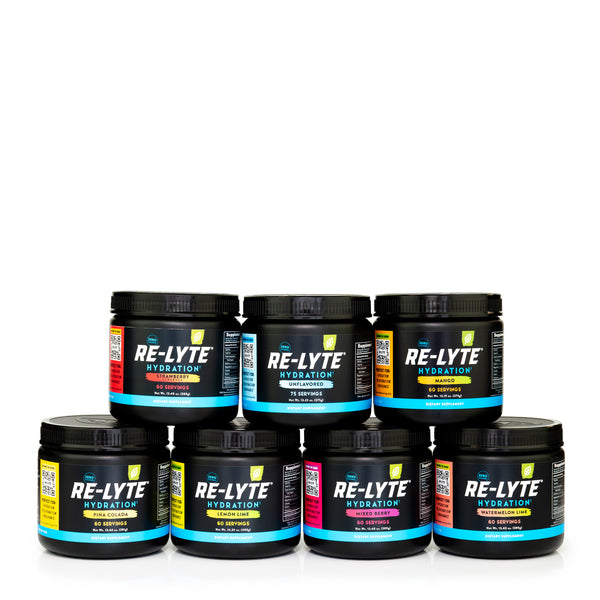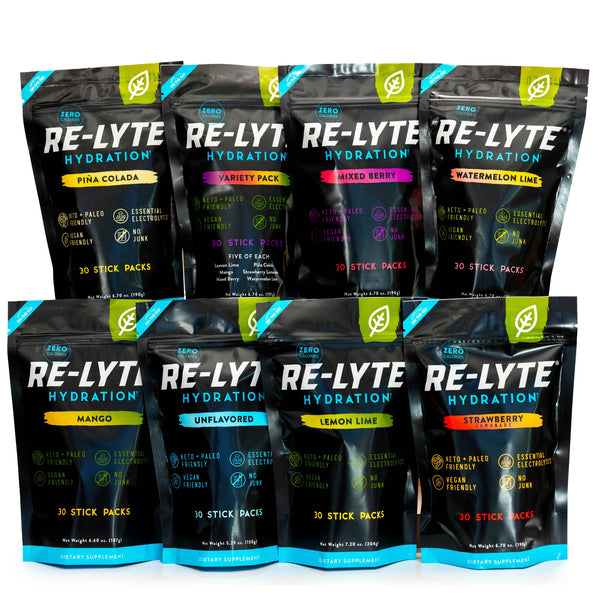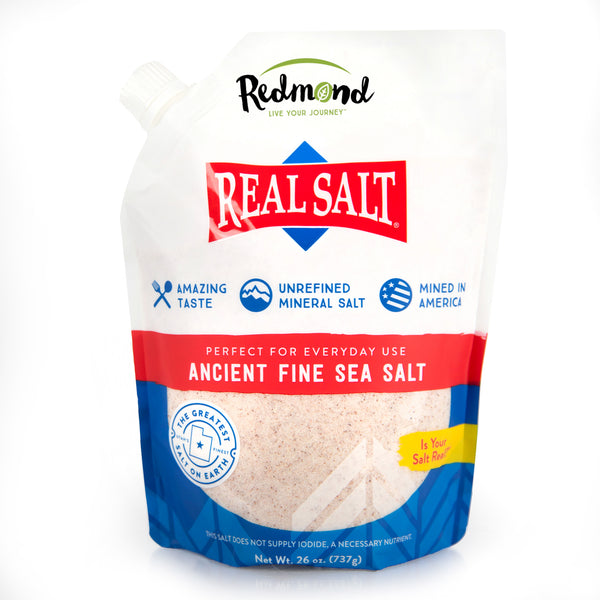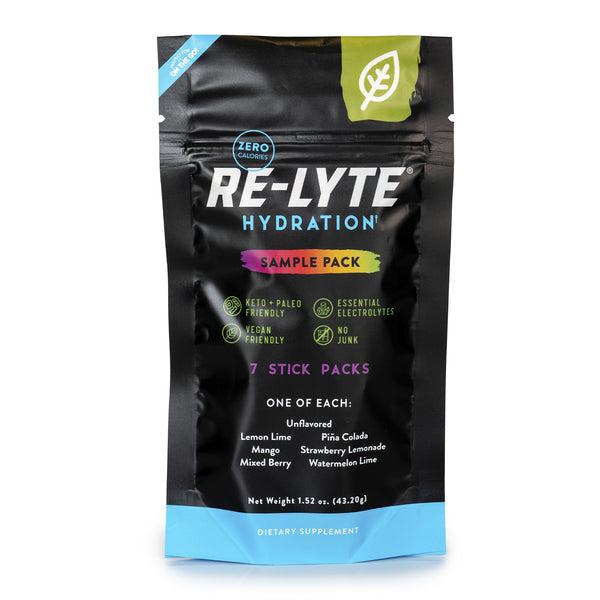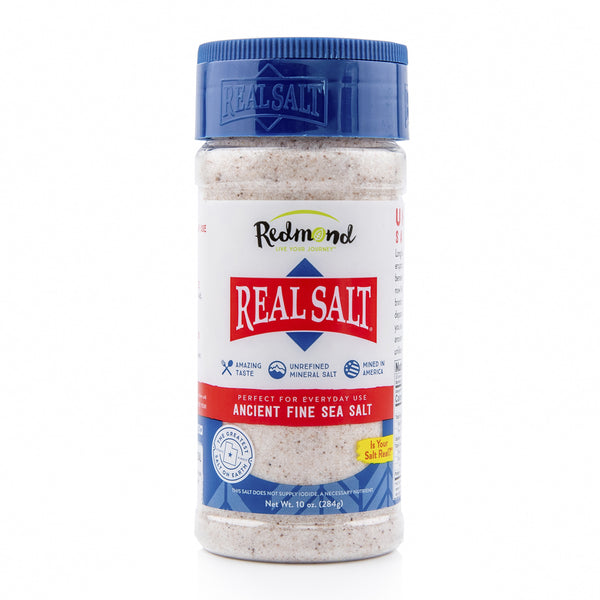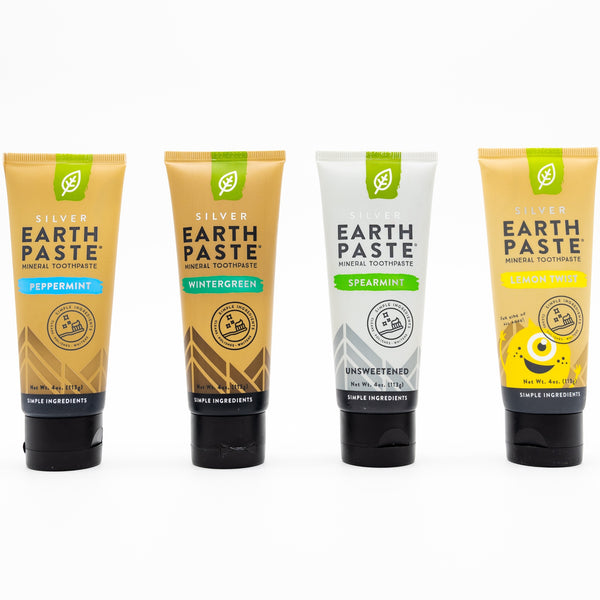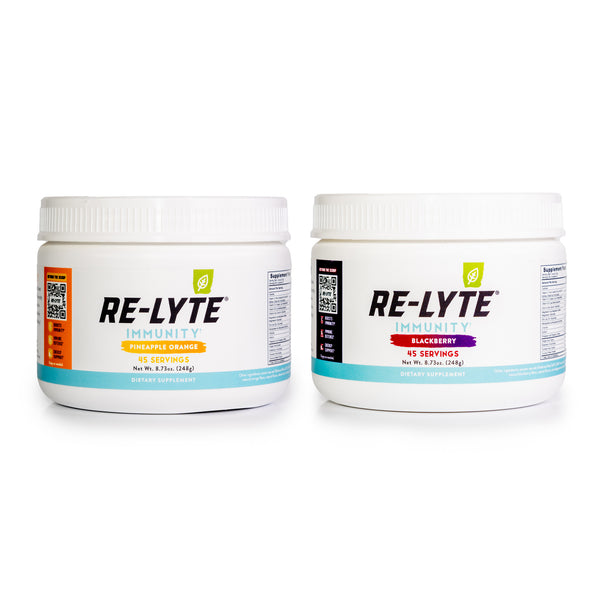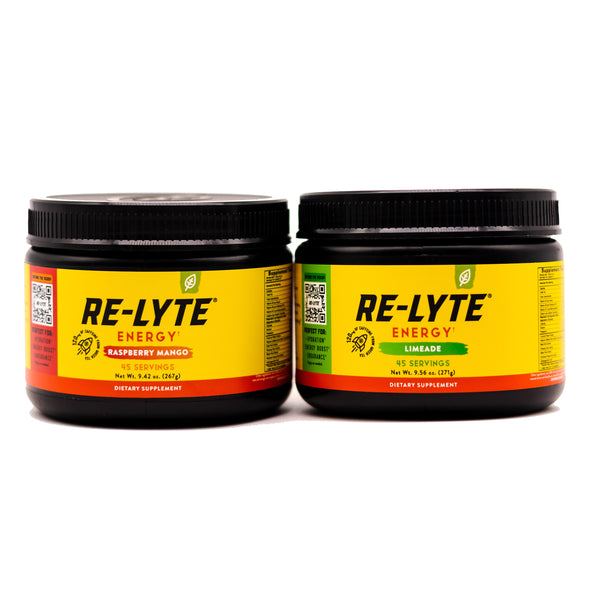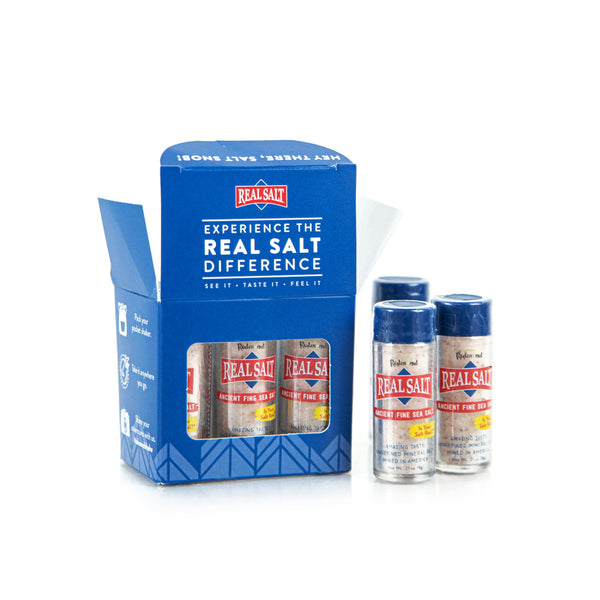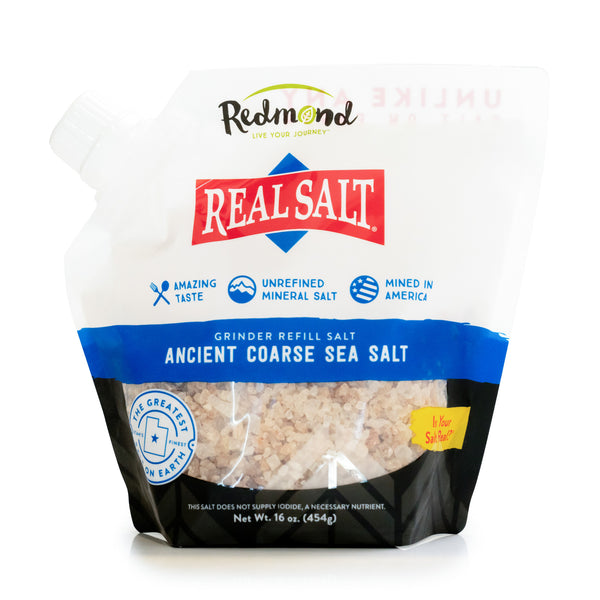Want to Stop Sugar Cravings? Salt Can Help
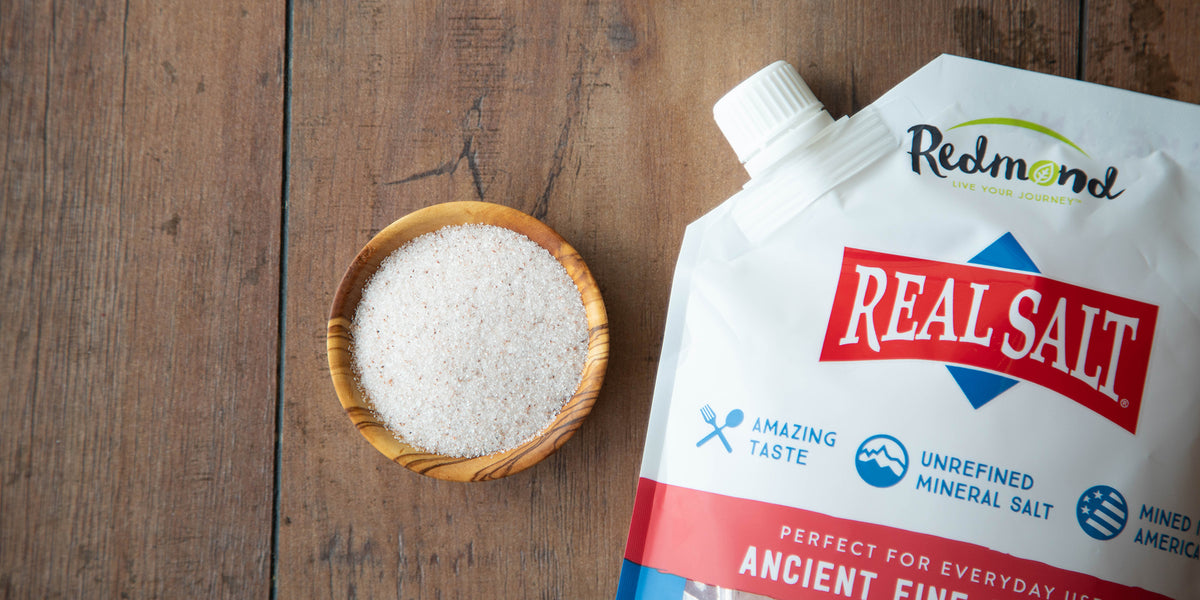
Article at a Glance:
- Sugar creates a positive feedback system in the body, which means the more you eat, the more you crave.
- Not getting enough salt can make addictive pathways in your brain more sensitive and make sugar cravings even more intense.
- Low salt levels can also trigger a process called internal starvation, which makes your body crave sugar even more.
- By limiting sugar and increasing salt intake, you can get your sugar cravings under control.
- Let your body’s natural salt cravings guide how much salt you consume daily and try to limit your sugar intake to 20 grams or less of added sugar per day.
It happens to the best of us. After a couple of weeks of snacking on holiday pies and cookies, our sugar cravings spiral out of control. And we just can’t seem to stop reaching for the sweet stuff, no matter how much we want to.
This vicious cycle of sugar cravings can be hard to beat because consuming sugar creates a positive feedback system in your body. The more you eat, the more you crave. Research even shows that sugar can be just as addictive as nicotine and cocaine because it activates the same reward centers in the brain.
Unfortunately, eating a high sugar diet over the long term can contribute to diabetes, heart disease, depression, acne, fatigue, and even cancer. So you probably want to put a stop to your sugar cravings sooner rather than later. And there’s a condiment in your cabinet that could help—salt.
Why Low Salt Levels Supersize Your Sweet Tooth
Eating lots of sugar causes you to crave more sugar. We’ve established that fact already. But did you know that not getting enough salt can make your sugar cravings harder to shake too?
As surprising as it seems, it’s true. Here’s why…..
Not getting enough salt in your diet makes the addictive pathways in the brain more sensitive. This can make substances that activate these pathways (like sugar and, yes, even drugs) harder to resist when you’re suffering from salt depletion.
Low salt levels can also trigger a process in your body called internal starvation. You see, your body needs salt to survive. When salt intake isn’t high enough, your body kicks into action to make sure it maintains enough salt to perform its critical functions. The kidneys, for example, can’t function properly without sodium, so the body raises insulin levels to allow the kidneys to hold on to the sodium they need.
Unfortunately, high insulin levels make it hard to break down the fat and protein your body has stored for energy. Do you know what your body can break down for energy when your insulin levels are high, though? Carbohydrates. So that’s what you start craving— carbs, carbs, and more carbs. Since sweets are about as carb-heavy as any food gets, it’s no wonder you can’t take your eyes off the treat table at your holiday work party.
There is some good news here, however. By replenishing your body’s salt supply, you could make those double-fudge brownies and frosted shortbread cookies far less irresistible.
Using Salt to Stop Sugar Cravings
If you want to take your sugar cravings down a notch (or ten), we have some sage salt advice to share from cardiovascular research scientist and author of “The Salt Fix” Dr. James DiNicolantionio (if you haven’t read his eye-opening book yet, you should definitely check it out). But first, you may have to unlearn some things that have been hammered into your head about salt— mainly that you need to maintain a low-salt diet to stay healthy.
The current Dietary Guidelines for Americans recommend that all adults keep their sodium intake below 2,300 mg per day. But scientific research shows that number isn’t the optimum amount of sodium for most healthy adults. It also shows that salt isn’t as responsible for health issues like high blood pressure as we’ve been led to believe.
In “The Salt Fix,” Dr. Nicolantonio talks about something called the salt set point. This is the sodium intake level that supports optimum health and longevity. Research shows that for most people, it’s somewhere between 3,000 and 4,000 mg per day. The salt set point is determined by your body’s salt thermostat, the finely-tuned network of internal sensors constantly working together to keep your sodium levels high enough to support the healthy functioning of your cells and critical organs.
When you crave salt, that’s your body’s salt thermostat telling you that your salt reserves have gotten too low. If you don’t listen to it, your body takes action to preserve what you have through processes like internal starvation, which contributes to your sugar cravings.
The solution? Replace sugar with salt.
Since your body has a finely-tuned salt thermometer that lets you know how much salt you truly need, Dr. DiNicolantonio recommends letting your salt cravings guide your salt intake. For most healthy people (exceptions would be people with health conditions like hyperaldosteronism, Cushing’s disease, and Liddle syndrome), it’s safe to consume as much salt as your body wants without exceeding 6,000 mg per day.
However, Dr. D. doesn’t recommend getting your sodium from processed foods or iodized table salt. Ideally, you’ll want to get your sodium from an unrefined, mineral-rich sea salt like Real Salt (you can read about the benefits of using an unrefined sea salt here).
In the case of sugar, he recommends limiting your intake as much as possible. Most of the time, you’ll want to keep your intake of added sugar and sugar from fruit juices, syrups, and honey (not counting raw wild honey because it’s chock-full of healthy antioxidants) to 20 grams or less per day.
But that doesn’t mean you can’t ever indulge in something sweet. Dr. D. recommends following the 80/20 rule. Limit your sugar intake to 20 grams or less 80 percent of the time, and allow yourself to go past this limit 20 percent of the time (which means you can still have those holiday treats in moderation).
If you follow this advice, your sugar cravings will be far less uncontrollable, so you can enjoy the occasional dessert without becoming a slave to the sweet stuff.
Sources:
The Salt Fix— Dr. James Dicolantonio.
Sugar addiction: is it real? A narrative review— British Journal of Sports Medicine.
Daily bingeing on sugar repeatedly releases dopamine in the accumbens shell—Neuroscience.
Good Calories, Bad Calories— Gary Taubes.
It's Time to End the War on Salt— The Scientific American.
11 Reasons Why Too Much Sugar Is Bad for You— Healthline.
Sodium in Your Diet— The U.S. Food and Drug Administration.


